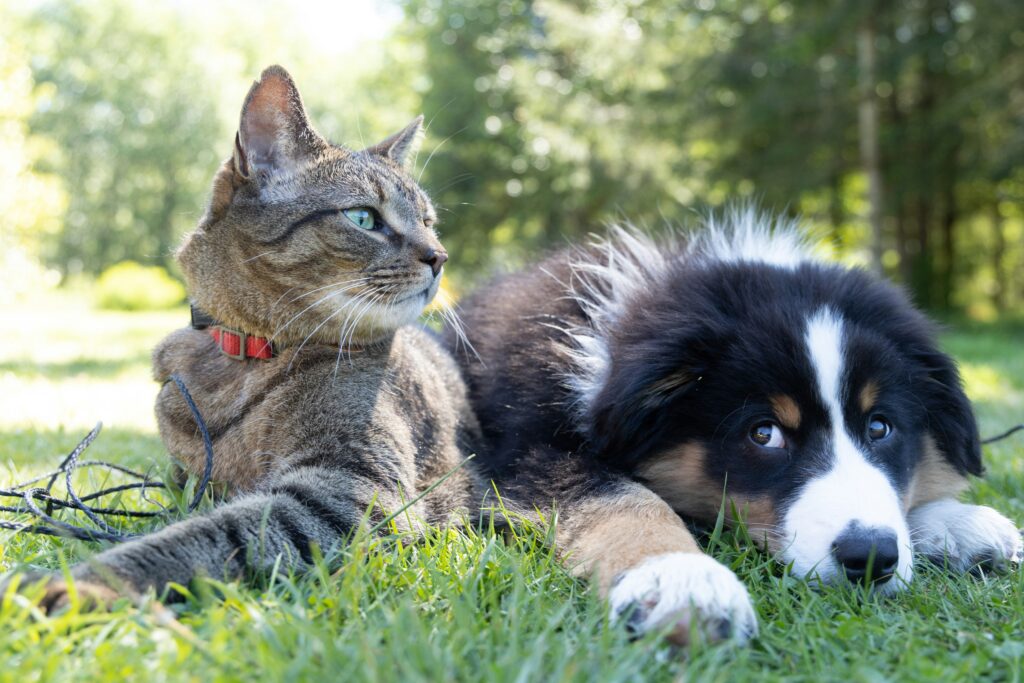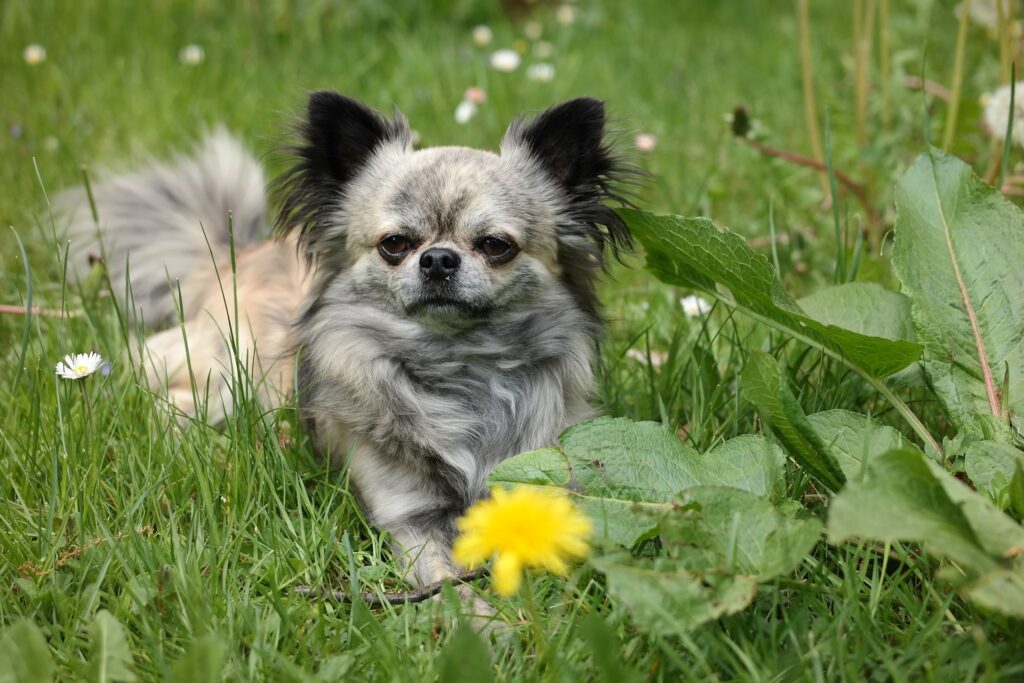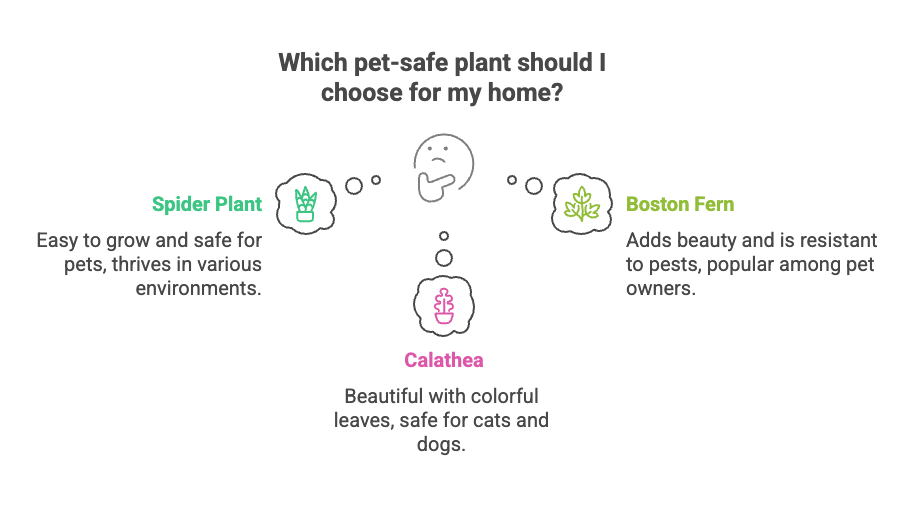
In Case of Emergency: Has Your Dog or Cat Ingested a Shamrock Plant?
Common signs of shamrock plant poisoning in dogs and cats include vomiting, drooling, and lethargy. If you believe your pet has ingested a shamrock plant and is exhibiting any of these symptoms, seek veterinary help immediately.
Be sure to remove your pet from the vicinity of the plant and check the inside of your pet’s mouth to identify and remove any remaining plant pieces. Do not attempt to induce vomiting without first seeking professional guidance.
Contact Indian Peaks Veterinary Hospital by phone at (303) 938-9474. For after hours emergencies, contact:
- Veterinary Emergency Group: (720) 738-9994
- Colorado Animal Specialty and Emergency: (303) 545-2273
- Emergency Pet Clinic of Longmont: (303) 440-7722
- American Animal Hospital Association Animal Poison Control Center: 1-888-426-4435
The Good Luck Plant With Hidden Dangers For Pets
The oxalis triangularis plant, also known as the shamrock plant, is a beautiful houseplant coveted by many homeowners and apartment dwellers alike. While especially popular as a St. Patrick’s Day decoration, it provides yearlong aesthetic appeal thanks to its clover-like leaves and colorful blooms.
In spite of this, pet owners should be aware of the dangers caused by shamrock plants to their precious animal friends, as oxalis is poisonous to cats and dogs. In this article, we will explore the shamrock plant and its toxicity to cats and dogs to provide you with the information needed to help protect your pets from harm and provide them with a long and healthy life.
Toxic Shamrock or Harmless Clover? How To Identify The Oxalis Triangularis
It is important to recognize the differences between the oxalis triangularis, commonly known as the shamrock plant, from other species of clovers commonly found on lawns and elsewhere throughout nature.
True clovers are widespread throughout lawns, parks, and other outdoor areas. They generally have three small, oval-shaped leaflets attached to an inner stem. Its leaflets are generally rounded and often include chevron marks in the middle. These plants are completely safe for humans and pets (in moderation) and are of little concern if ingested.
On the other hand, the oxalis triangularis looks quite different from the common clover, especially when you know what to look for. The leaflets found on the shamrock plant are typically shaped like hearts or triangles, providing a contrast to the rounded edges of clover plants. Shamrock plants also come in various colors, including purple, which can help differentiate from the standard green color of clovers. Another identifying factor is the tendency for shamrock plants to fold up at night or while in direct sunlight, a contrast to the stationary nature of the common clover.
The ability to identify these plants with confidence can provide peace of mind when caring for your pets by knowing what the most toxic plants to cats and dogs include.

The Dangers of Shamrock Plants to Pets: A Vet’s Explanation
You might have already been aware that the oxalis triangularis is poisonous to dogs and cats, but the science behind the dangers is often overlooked. The fact of the matter is that shamrock plants contain microscopic crystals called soluble calcium oxalates. If ingested, these microscopic crystals are absorbed into the bloodstream and bind to the calcium within. This can cause a sudden and dangerous drop in blood calcium, resulting in a condition called hypocalcemia. Pets suffering from hypocalcemia can experience various gastrointestinal issues, including renal failure.
While small quantities of oxalis triangularis can often be overcome, ingesting the plant in large doses can be very harmful to dogs and cats.
Shamrock Plant Poisoning In Pets: Symptoms to Watch For
Shamrock plants can wreak havoc on your pet’s gastrointestinal system. Now that you know the dangers of the plant and how to identify it, it is important to understand the various symptoms caused by oxalis triangularis poisoning in cats and dogs.
Early Onset Symptoms
- Drooling or foaming at the mouth
- Vomiting
- Diarrhea
- Loss of appetite
- Lethargy or weakness
Severe Symptoms
- Muscle tremors
- Blood in urine
- Seizures
It is important to take swift action and contact your veterinarian even in the case of early onset symptoms. When it comes to the health and safety of your pet, every moment matters. Indian Peaks Veterinary Hospital is here for Boulder pet owners in need of care in the event of shamrock plant poisoning.

Diagnosis and Treatment: What To Expect
Pet owners are justifiably concerned when they come in to see us after their pet has ingested a shamrock plant, especially when symptoms are present. But rest assured, we are here to help at Indian Peaks Veterinary Hospital. By taking swift action, the prognosis is good and in most cases, pets are able to return to their daily life and activities after some basic treatment.
The diagnosis and treatment process begins with both a conversation and an examination. We will ask how much your pet has ingested and when. While a few nibbles may only warrant close monitoring, ingesting large quantities likely calls for a more intensive approach to treatment. A physical examination of your pet is also necessary for understanding their condition and to better help us take the appropriate treatment steps.
In many instances, a blood test will be performed to assess calcium levels and kidney function. Based on the findings of this test, a more accurate treatment plan can be administered. Treatment options include both IV fluid medications and oral medications to help alleviate symptoms like nausea and to improve gastrointestinal problems.
Our goal is to make the diagnosis and treatment processes as smooth and stress-free as possible for not only pets, but owners as well. Rest assured your pet is in the best hands when you visit Indian Peaks Veterinary Hospital in Boulder, Colorado.
How To Pet-Proof Your Home For Dog and Cat Safety
The good news is that just because shamrock plants are toxic to cats and dogs, that does not mean you cannot keep these beautiful plants inside of your home. With proper preparation and care, your pets can coexist with oxalis triangularis and other plants and flowers poisonous to cats and dogs.
The most important step you can take to protect your dog or cat is to keep toxic plants like the shamrock plant out of their reach. For most dogs, this can be accomplished by keeping the plant on a high shelf where they are unable to climb or jump onto. Cats, on the other hand, are a bit trickier as their ability to climb and reach higher spaces is more robust than that of dogs. For cats, consider placing plants in hanging baskets, well out of reach from bookshelves, furniture, or anything else they might use to climb up to them.
Another step to consider is to use a pet-safe deterrent spray. These sprays can be effective in keeping dogs and cats from sniffing and chewing not only indoor houseplants, but also furniture, garbage cans, and any other object you would like to keep your pet away from. While pet-safe deterrent sprays are a useful tool, they come with some important caveats to note.

First, they are typically temporary solutions that often need to be reapplied as frequently as every 24 hours. It is also important to note that just because these are pet-safe, it does not mean they are safe for every plant. It is highly recommended to test a small area of your plant with the product before treating the entire plant to ensure the plant is not harmed. Lastly, it is essential to recognize that these types of sprays are not infallible. What may be an effective deterrent for one pet is not always effective for others. Be sure to closely monitor pets in the presence of plants poisonous to dogs and cats, as they are not a guaranteed safeguard for curious pets.
For even more peace of mind, you can create safe areas for both your plants and pets. Keeping plants and flowers poisonous to cats and dogs in a room where pets cannot access is one of the most effective ways of ensuring their safety. This scenario is a win-win, as you can still keep beautiful plants like the oxalis triangularis in your home while ensuring the safety of your furry friends at the same time.
Shamrock Plant Alternatives: Pet-Safe Plants For Your Home
The most effective solution for keeping your pets safe from the dangers of the shamrock plant is to simply not keep them inside of your home. If you are looking for a houseplant that is both pet-safe and ornamental, there are many different options to consider. Some of these include:
- Spider Plant (Chlorophytum comosum): The spider plant is a great choice that is both easy to grow and safe for pets. It can thrive in a wide range of environments and is found in many homes throughout the Boulder area.
- Boston Fern (Nephrolepis exaltata): Boston ferns are another pet-safe plant that can add beauty and aesthetic appeal to your home. This hearty plant is not easily prone to pests or diseases, making it a popular choice for Boulder pet owners.
- Calathea: Calathea is a great choice for those looking for a plant that is both beautiful and pet-safe. Its colorful leaves and unique markings provide added beauty to indoor spaces while maintaining safety for cats and dogs alike.
While these plants listed are all considered pet-safe and great choices for homes with cats or dogs, it is important to remember that moderation is key. Even non-toxic plants such as the spider plant, boston fern, and calathea can pose certain risks if ingested in large quantities.

Shamrock Plants and Pets: Frequently Asked Questions
How Much Shamrock Plant Is Toxic For Cats or Dogs?
The amount of shamrock plant that is toxic is dependent upon both your pet’s weight and its individual sensitivity to the plant. A larger dog can often have little issue ingesting a small leaf or two, while smaller dogs and cats may be more susceptible to harm from smaller quantities. When in doubt, it is best to keep shamrock plants and other flowers poisonous to cats and dogs out of reach.
Are The Bulbs of The Shamrock Plant Also Toxic To Cats and Dogs?
Yes, the bulbs of shamrock plants are toxic to cats and dogs. While the plant bulbs may not contain the same amount of calcium oxalates found in leaves, they can still pose a danger to pets. This is why proper plant placement and pet monitoring is so important for maintaining safety.
My Dog Just Chewed One Shamrock Plant Leaf. What Should I Do?
In most cases, your dog will be just fine if they have only consumed one or two leaves from the shamrock plant. If this happens, it is important to closely monitor your dog for signs of poisoning, including vomiting, drooling or lethargy. The exception to this is for small and miniature dog breeds such as pomeranians and chihuahuas, or dogs with underlying health issues that may impact their immune system or GI tract.
Are Green Shamrock Plants Also Toxic To Cats, or Just Purple Ones?
Yes, all types of the shamrock plant are toxic to cats and dogs. However, the common clover plant is not toxic to cats and dogs. This is why the ability to properly identify the oxalis triangularis is so important for pet owners.
Indian Peaks Veterinary Hospital: Your Trusted Partner in Boulder Pet Health
At Indian Peaks Veterinary Hospital, we take great pride in our exceptional level of care offered to Boulder pets and acting as a trusted resource for pet owners. Our expert team lead by doctors Sarah Grier and Jennifer Ingram is committed to providing compassionate and high-quality care for Boulder pets throughout all stages of their life.
Whether you have an urgent concern about plants poisonous to dogs and cats or have any other questions about keeping your pet safe, our team at Indian Peaks Veterinary Hospital is here for you. Contact us today to schedule a visit or to speak with our knowledgeable staff.